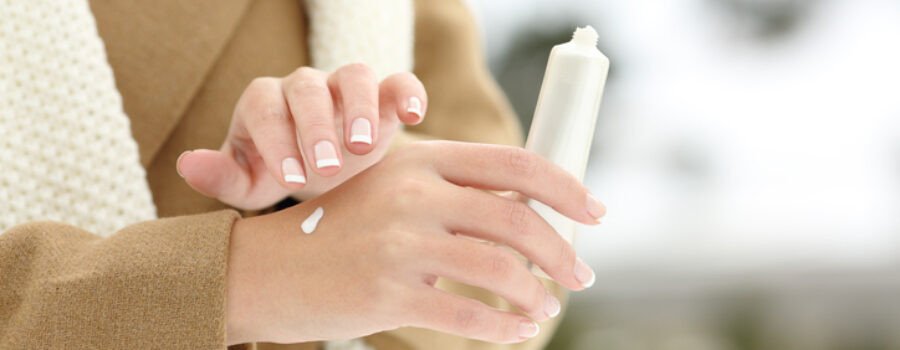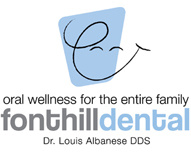Winter dryness affects our skin, eyes, and sinuses. Protection from the cold and dry weather is necessary to prevent cracking heels and dry lips, eyes, and nasal passages. It is easy to forget that winter can dry us out more than summer.
As it gets colder, the humidity drops, and we make things worse by turning up the temperature in our homes with dry heat. The air in winter literally sucks the moisture from us.
We should protect all of our skin’s surfaces and mucous layers from drying out by preventing or slowing the loss of moisture, and replenishing what is lost. Hydration is essential to keep our skin healthy, and it is the first visible indicator that we may not be doing a good job of protecting ourselves. Addressing winter dryness requires treatment inside and outside of our bodies. Make sure to drink sufficient water to urinate every couple of hours, which should be pale yellow urine. Most of us don’t drink sufficient fluids.
Dry skin in winter often presents itself initially as dry lips and skin. Don’t wait until your hands or heels crack to start treatment. Why do we do that? If you start with protection, you may never have to deal with itchy, dry, or cracked skin for the entire season. Treatment is as easy as applying lotion and lip balm to prevent moisture loss. The best time to apply is immediately after you have hydrated yourself when you shower or bathe. The lotion and balm are like applying plastic wrap to prevent food from drying in your fridge! Reapplication is required as we do rub it off with normal activities. So reapply lotion after washing your hands and lip balm after licking it off your lips.
Here are more tips:
- Reduce the temperature of your shower or bath to lukewarm, as hot water dehydrates
- More oil in the lotion will prevent dehydration better – but use after hydrating your skin
- Avoid perfumed/scented products that commonly have alcohol as an ingredient
- Protectant moisturizers are not equal, some have ingredients to help treat dry skin AND protect you from losing moisture
- Wear a scarf and mitts to prevent the wind and cold from drying out your face and hands
- Wear goggles to prevent your eyes from drying
- Good lotions and creams do not have to be expensive – ask the pharmacist
What if you already have dry skin, and it has cracked? You can’t seal a gap, dead skin will not mend together. The selection of the right product depends on how deep and how many cracks you have. The mechanics are the same: remove the dead skin, prevent moisture loss, and protect new skin formation from drying. For superficial dryness where the skin has not broken, keeping the skin moist and protected is all you need. For mild cracks where there is no raw skin, products with mild acids will soften and remove dead skin to allow the proper renewal of the skin. For deep cracks where there is raw skin, soaking the area in warm water and careful exfoliation to prevent damage to good skin is required – with the application of a protectant moisturizer immediately after. Remember, gaps have to be closed to allow your skin to heal.
Maintaining healthy skin and preventing dryness is a part of staying healthy. Your skin can indicate other health issues. For persistent dryness, itchiness or inflammation – contact your doctor. If you have diabetes, maintaining healthy skin is essential with regular foot checks. Choice of treatment products for diabetics should include a health professional’s advice.
Don’t forget your eyes and nasal passages. Eye drops and nasal sprays to protect from moisture loss are available. Your pharmacist can help with your selection of skin products and your other winter protection needs.
 Back to myNiagaraOnline
Back to myNiagaraOnline
































